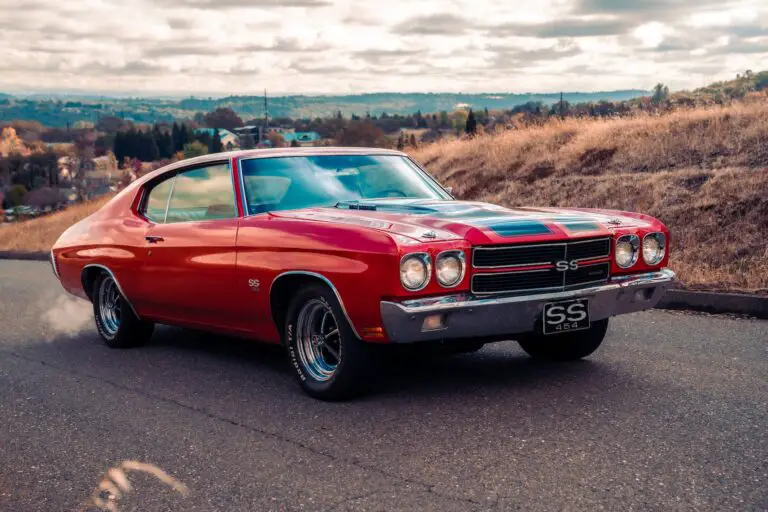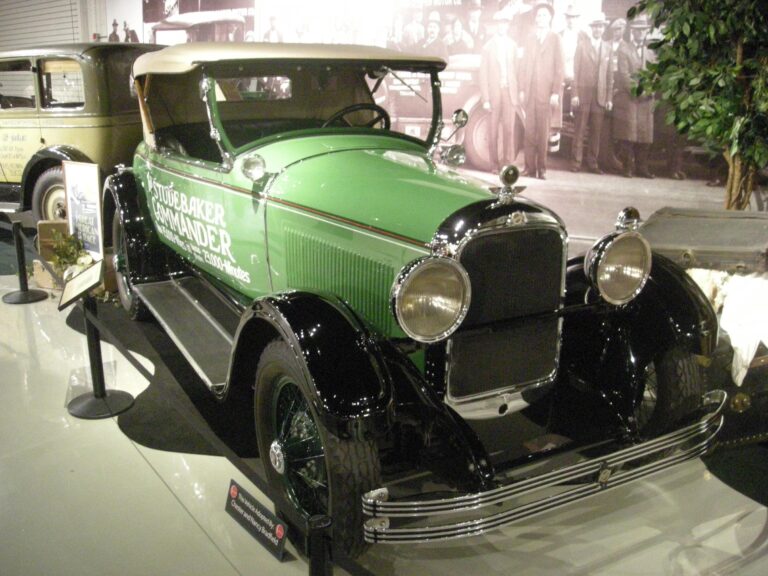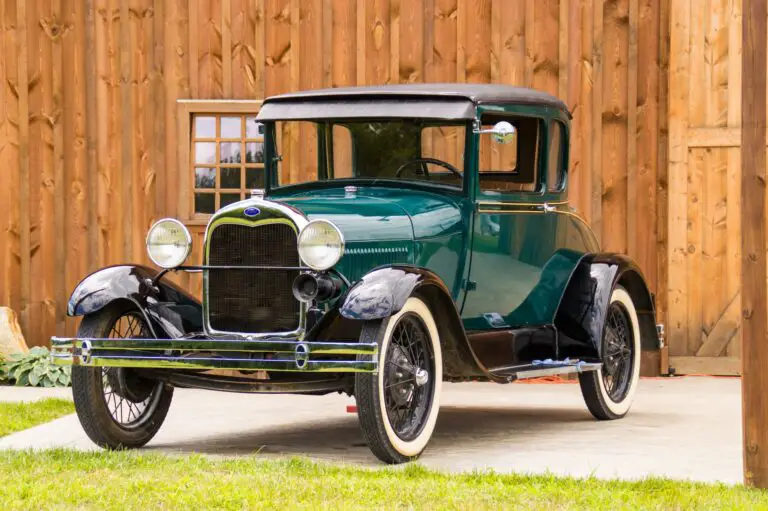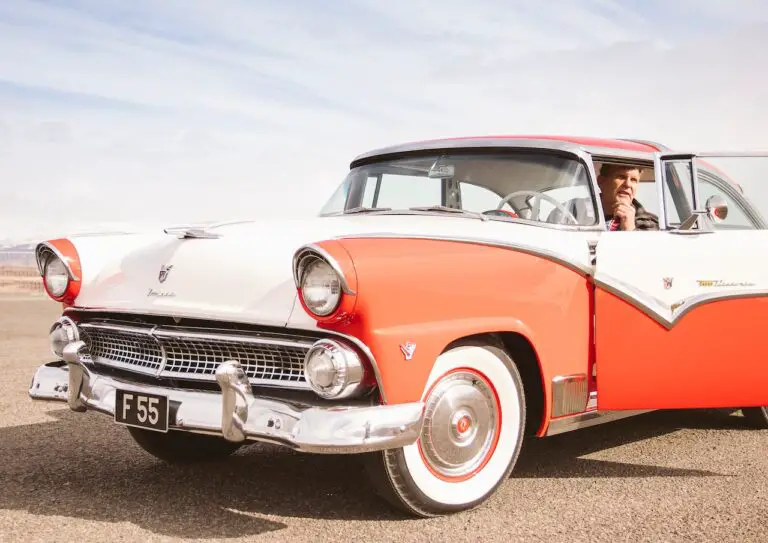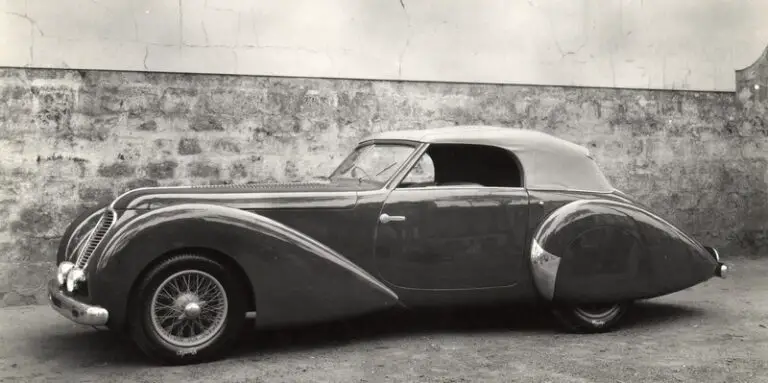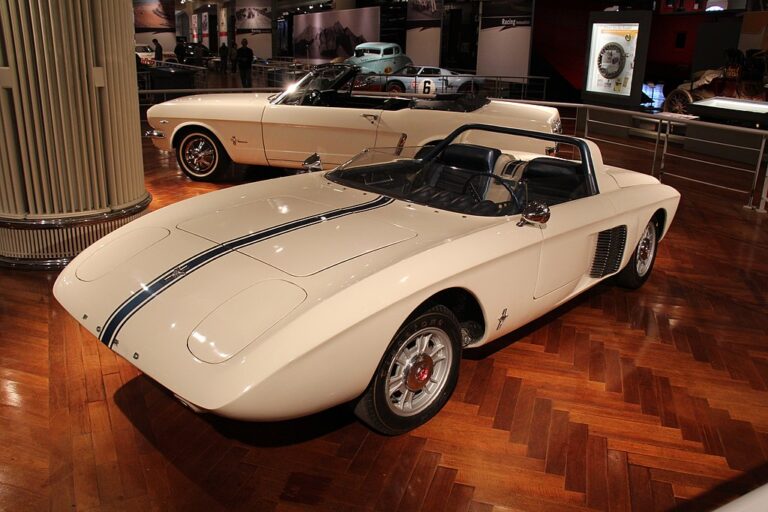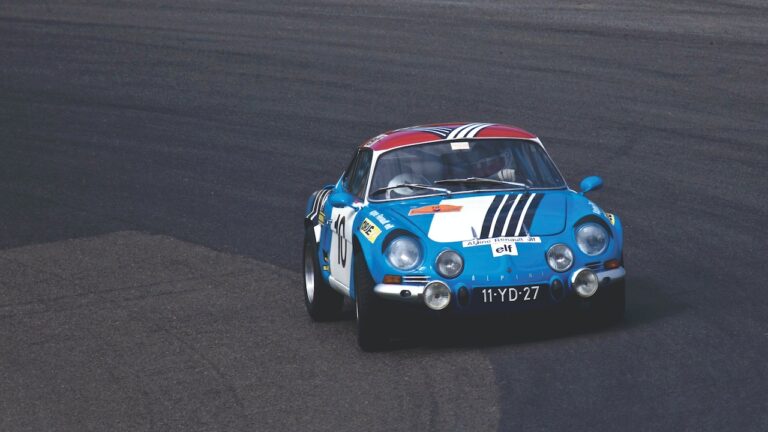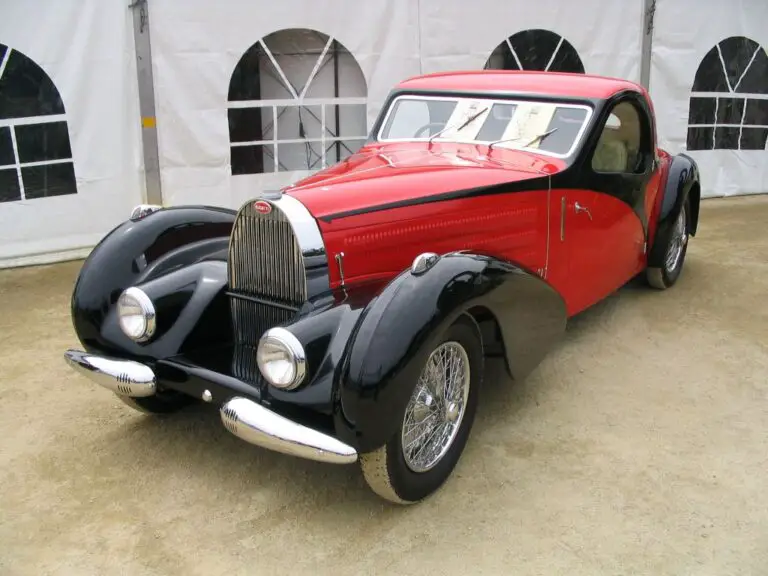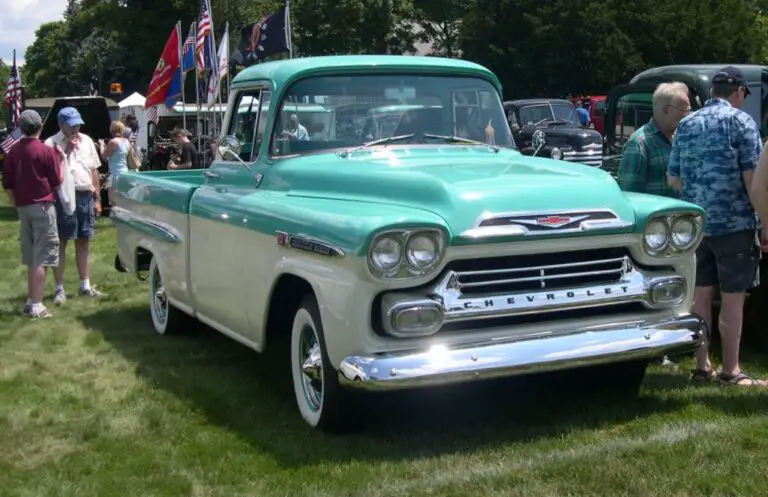(RareCarMarket.com) – Investing in classic cars has gained popularity over the years as an alternative investment strategy. The investment potential behind classic cars stems from several factors, which include rarity, nostalgia, historical significance, and overall market trends. Below, we discuss some of the key factors that contribute to the investment potential of classic cars:
- Rarity: Classic cars are often produced in limited numbers or are unique models, making them rare and desirable. As the supply of these cars is limited, their value tends to increase over time, especially for well-preserved and well-maintained examples.
- Nostalgia: Classic cars often evoke strong feelings of nostalgia and sentimental value, which can drive up demand for these vehicles. As generations age, the desire to own a classic car from one’s youth can lead to increased demand and, subsequently, higher prices.
- Historical significance: Some classic cars are sought after due to their historical significance or association with famous people or events. Cars that have been part of important moments in automotive history or have been owned by celebrities can command a premium in the market.
- Market trends: The classic car market, like any other investment market, is influenced by broader economic trends. A strong economy can lead to increased disposable income, which may result in higher demand for luxury items, including classic cars. Conversely, during economic downturns, the market may soften, presenting potential buying opportunities for investors.
- Passion-driven market: The classic car market is often driven by enthusiasts who have a passion for automobiles. This can result in less price sensitivity and a willingness to pay a premium for a desired vehicle, which can help drive up prices.
- Tangible asset: Classic cars are tangible assets that can be enjoyed and appreciated, unlike stocks or bonds. This aspect can make them more appealing to some investors who like the idea of being able to see, touch, and experience their investment.
However, there are risks and challenges associated with investing in classic cars. These include the costs of maintenance, storage, and insurance, as well as the potential for fluctuating market conditions and values. Additionally, predicting which cars will appreciate in value can be challenging, and it’s essential to have a thorough understanding of the market and specific models before investing.
In summary, classic cars can be an attractive alternative investment for individuals who have a passion for automobiles and a keen understanding of the market. The investment potential behind classic cars is driven by factors such as rarity, nostalgia, historical significance, and market trends, but investors should be aware of the associated risks and challenges.
Copyright 2023, RareCarMarket.com
